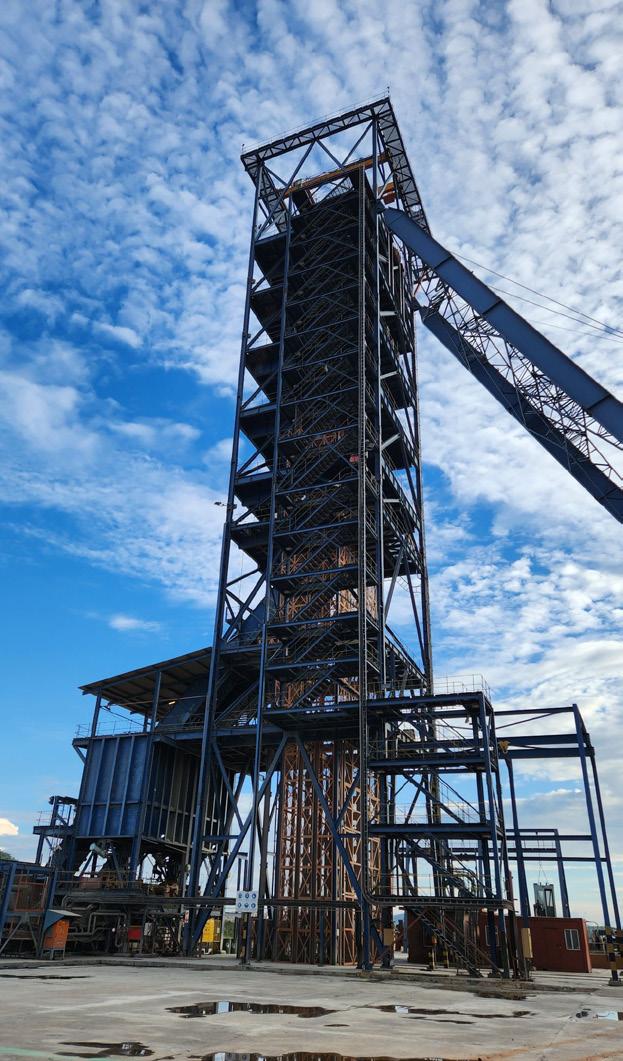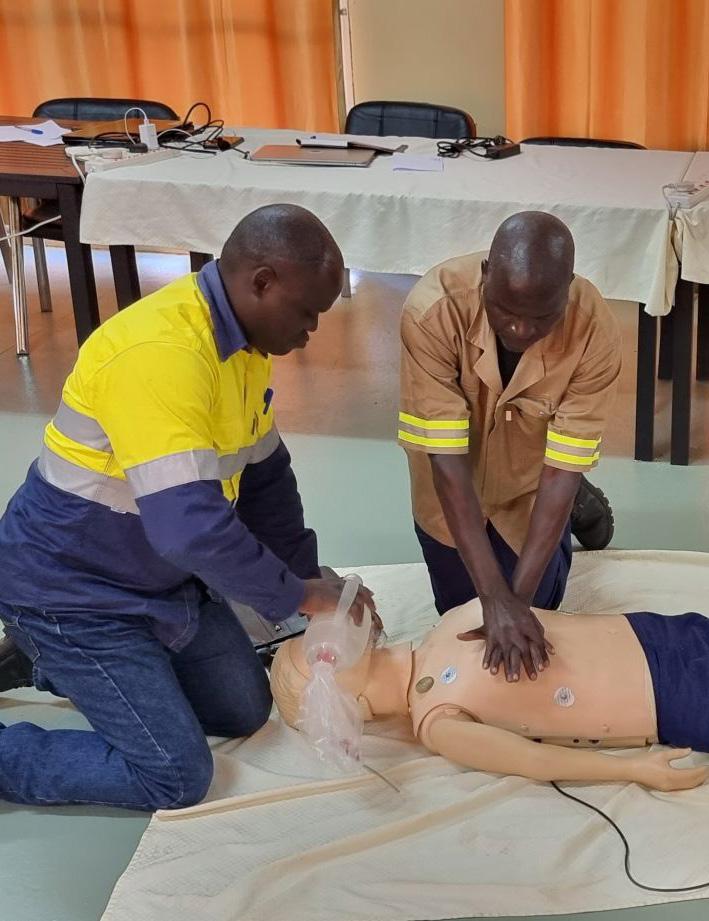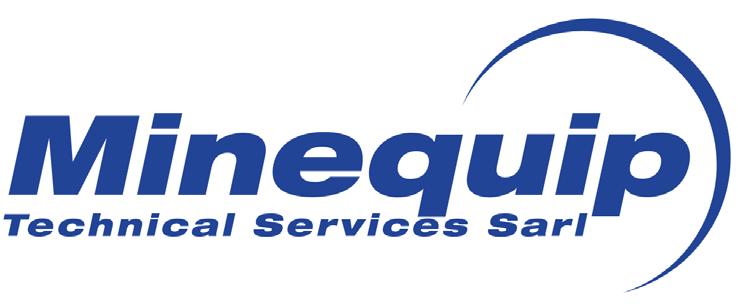
3 minute read
A NEW STANDARD FOR MINING SERVICES


Advertisement
The management team at Kibali also announced at the end of 2021 that its long-held plans to build a cyanide destruction plant were now underway. The work, which will reduce cyanide concentration in Kibali’s dams and improve its plant recoveries, is expected to help Barrick and its partners in Kibali to achieve International Cyanide Management Institute (ICMI) accreditation when delivered a little over a year from now.
Barrick estimates that the mine has been responsible for around $4.2 billion in direct investments in the country over its lifetime took in the global financial crisis, which saw a steep downturn in mineral prices and overall economic output, and the Covid19 pandemic (more of which later). Indeed, when Barrick Gold acquired Kibali in 2009, the DRC’s GDP was US$18.6 billion. In 2021, the fi gure was $53.96 billion.
Socioeconomic Impact
Figures from the World Bank show that 2022 will mark the 20th successive year of positive economic growth for the DRC - a remarkable statistic, given that this period
These figures show, thankfully, Kibali is just part of a much bigger success story. But it is an important one. Barrick estimates that the mine has been responsible for around $4.2 billion in direct investments in the country over its lifetime. The mine invests in everything from exploration to road projects, staff development, equipment replacement, and of course, a series of environmental and social projects.
On the socioeconomic side, however, Kibali’s impact can particularly be seen in the DRC’s previously undeveloped northeast - now a genuine hub of economic activity. Here, Kibali has been highly active in partnering with and mentoring local entrepreneurs, enhancing local communities, and upgrading essential infrastructure. Hiring and training at all levels of the organization from local villages has also been hugely impactful: 94% of Kibali’s workforce, including its management, are Congolese nationals.
It is now also driving the employment of women in the traditionally maledominated mining industry through targeted recruitment campaigns and development programs designed to equip them for rewarding careers at all levels of the organisation.

The Covid-19 Response
The team behind Kibali was also not slow about responding to the threat of Covid-19 as the pandemic reached the DRC. As well as outlining a detailed support program for the country, Barrick announced a $1.5 million fi nancial commitment to counter the pandemic and its effects. The government recognized that Barrick was the first of any large company in the country to make a substantial financial commitment to countering Covid.
Barrick’s contribution was extremely valuable: As a company that already has extensive experience in dealing with ebola, it maintains a dedicated workforce of health workers and doctors to administer treatment, materials, and advice. The $1.5 million commitment was also above and beyond the investment in critical equipment, totaling about $1.4 million, already made by Barrick at an earlier stage of the pandemic.
Strategic Supply Chain Partners
With three of the world’s top 10 mines in its portfolio, Barrick is a name that easily attracts high-caliber supply chain partners. Examples of these include heavy equipment and machinery industry giant Caterpillar, which collaborated with Tractafric - a Moroccan company - to install 7.5 MW of battery energy storage at Kibali. Elsewhere, many of Barrick’s partners on the ground in Kibali are a who’s who of African mining and drilling companies. These include Amazon Drilling DRC, a drilling specialist and earthworks contractor, Redrilza Drilling Services, SGS Minerals RDC, a local branch of the international mining firm, a Zambian drilling company, Epoch Resources (Pty) Ltd, a
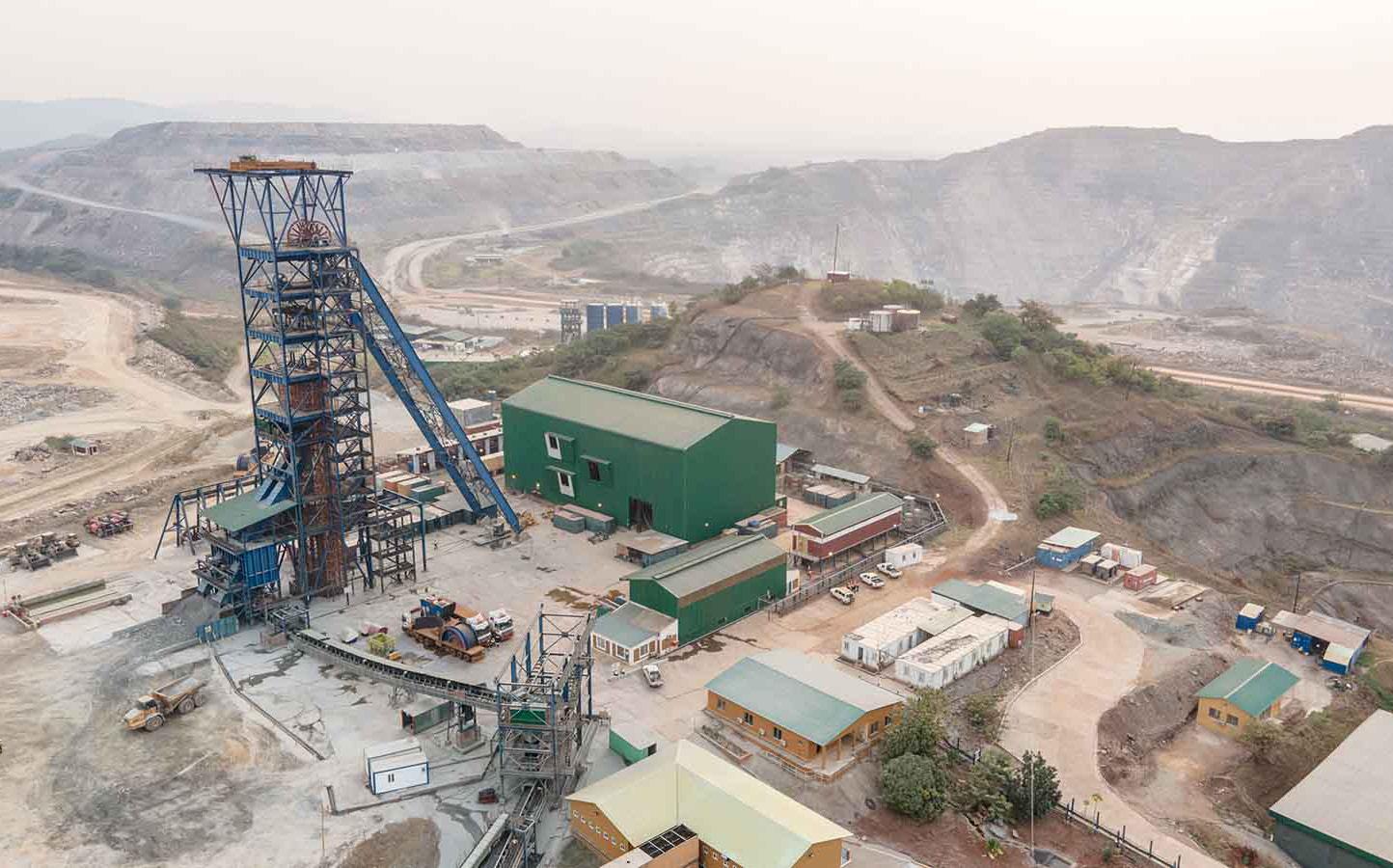

South African engineering consultant, and Inter Oriental Builders (IOB), a civil engineering company.
On the technology side, MineARC Systems is responsible for controlled technology and safety at the mine and its operations; American Mine Door developed the considerable mine doors at the plant, and ORICA, did some dedicated work on the mine’s infrastructure. Transport and logistics are provided by Tradecorp Logistics and Bolloré Transport & Logistics DRC. Finally, Barrick has developed a strong partnership with the local staff recruitment firm, MD Services SARL.
Environmental impact
Kibali is not only Africa's largest gold mine, but also a global leader in sustainability initiatives, biodiversity programmes, and clean energy, according to Barrick president and CEO Mark Bristow. Barrick also continues to invest in Africa's biodiversity by reintroducing 76 white rhinos to the Garamba National Park, a critical step in the long-term plan to protect this endangered species. This investment has also resulted in an increase in the park's giraffe population.
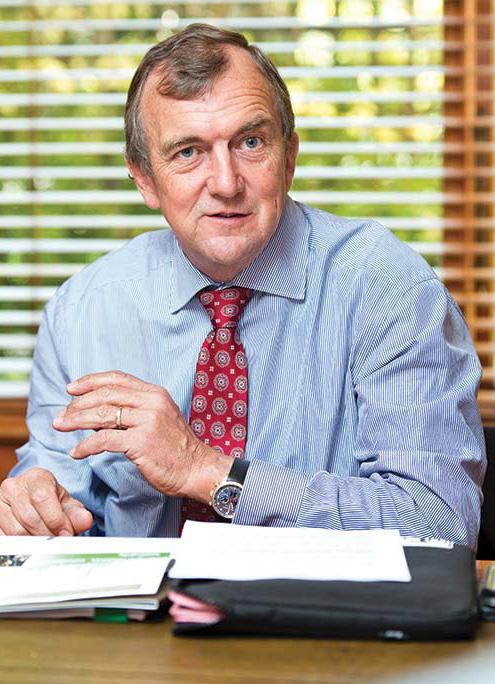
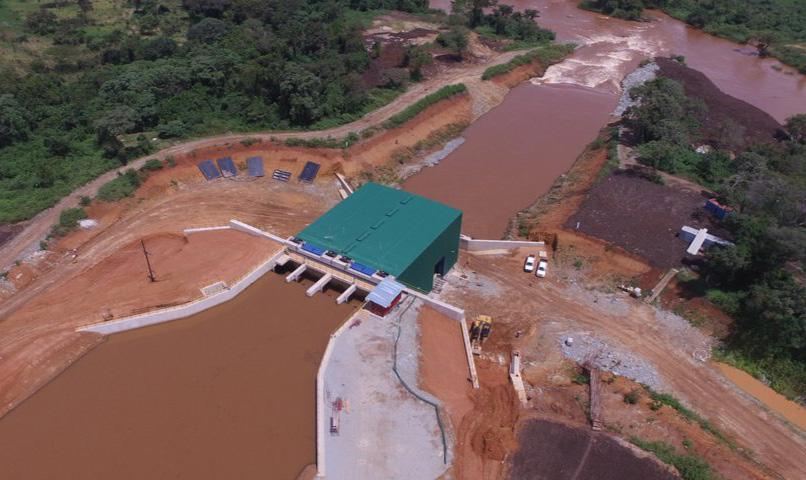
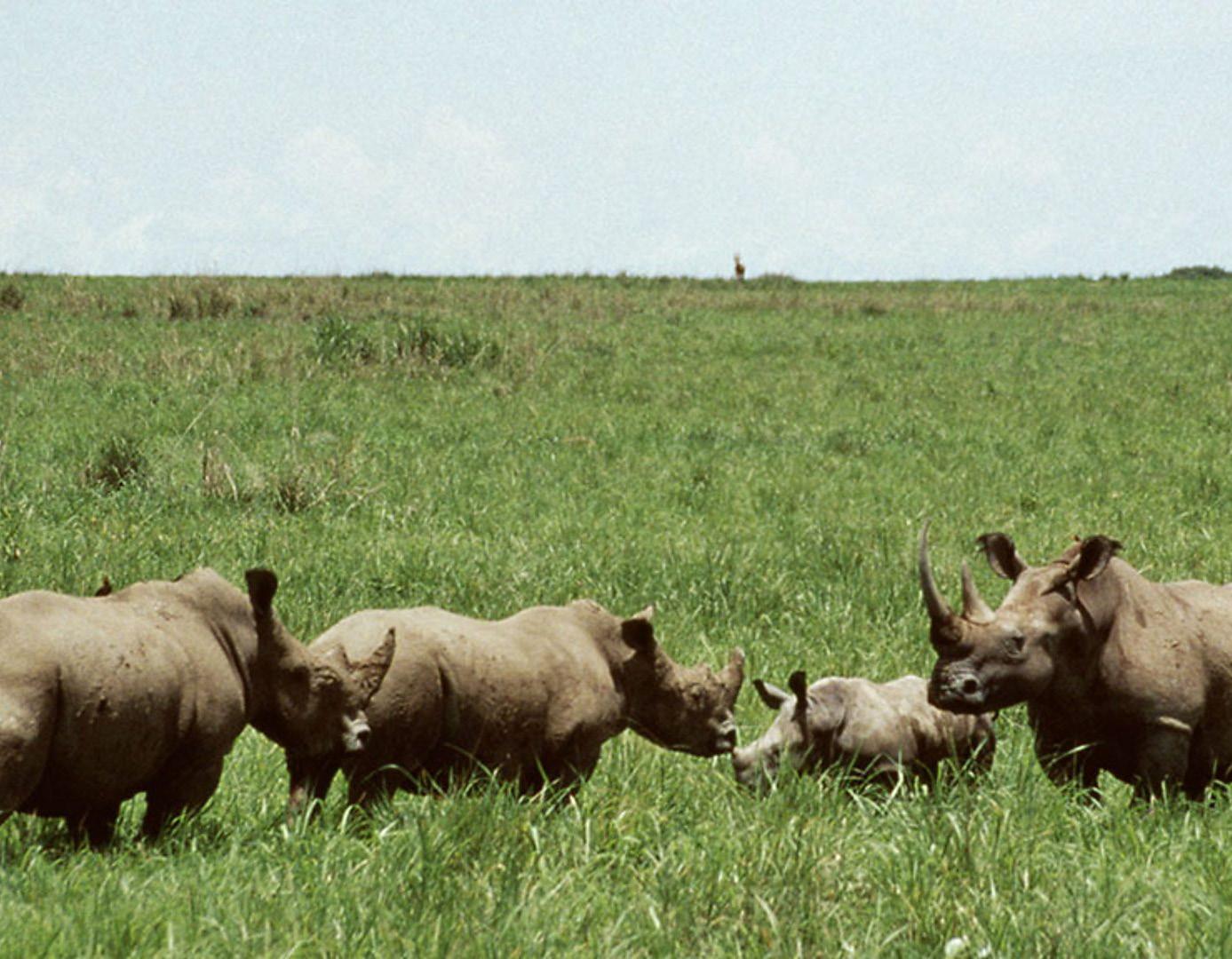
Local sustainability projects include the development of a world-class aquaponics farm and the establishment of a vocational and technical training centre to promote community capacity building. Following the government's approval, the implementation of the cahier des charges mechanism has begun. This will be in addition to the mine's current commitment to invest 0.3% of revenue in community projects identified through consultation with the mine's community development committees.

Kibali also continued to lead the group's clean energy drive, concentrating on power from three continuously upgraded hydropower stations and new backup battery technology.
Outlook
Barrick may have created a blueprint for other mining companies entering Africa to work from: International expertise, local upskilling, government cooperation, and world-class technology. With the progressive Congolese government on its side and a prosperous partnership in place with AngloGold Ashanti, it seems like the sky is the limit for what Barrick and the operations at Kibali can achieve.
